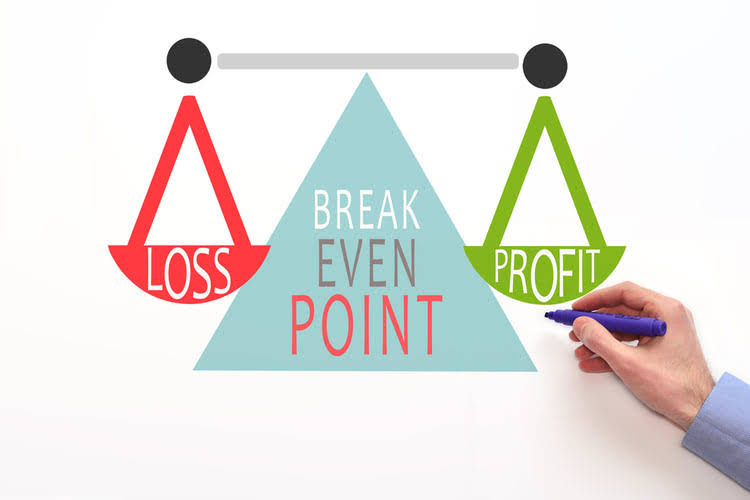

Even a profitable working capital ratio meaning business can face bankruptcy if it lacks the cash to pay its bills. For example, if a company has $1 million in cash from retained earnings and invests it all at once, it might not have enough current assets to cover its current liabilities. Working capital is a critical component of a company’s overall financial health. By implementing best practices and monitoring working capital ratios, companies can optimize their working capital and achieve long-term success.
What is your risk tolerance?
- Working Capital is the difference between current assets and current liabilities.
- This is possible when inventory is so fast they can still pay their short-term liabilities.
- It’s also part of a business strategy called working capital management, which employs three ratios to ensure a good balance between staying liquid and using resources efficiently.
- Accounts payable, accrued expenses/expenses paid in arrears, short term loans, deferred revenue.
- An illiquid company may need to raise more capital, such as by taking on more debt, or even declare bankruptcy.
- On the other hand, a ratio above 1 shows outsiders that the company can pay all of its current liabilities and still have current assets left over or positive working capital.
These loans are usually amortized for a relatively short duration, ranging from four to eight years. An example of this would be an online software company where customers download the product after purchase. Sometimes, a company like this can even get away with having a negative working capital. Effectively, this ratio looks at how easily a company can turn its accounts receivable into cash. The ratio will be lower if the company is good at getting its customers to pay within the required period but higher if not.


Ready to Experience the Future of Finance?
- Companies typically target a working capital ratio of between $1.50 and $1.75 for every $1 of current liabilities.
- This combination of factors can increase the required investment in working capital without which your sales cannot grow.
- The working capital, on the other hand, is an absolute dollar amount and determines the cash and other liquid assets a business has to cover its short-term debts.
- It’s a metric that provides an overview of financial health and liquidity, indicating whether current liabilities can be paid by existing assets.
- These measures the respective turnovers, e.g., days inventory outstanding means how many times the inventory was sold and replaced in a given year.
- The overarching goal of working capital is to understand whether a company can cover all of these debts with the short-term assets it already has on hand.
This becomes no longer necessary once cash has been collected through sales. Net working capital is the difference between gross working capital and current liabilities. A higher ratio can offer the opportunity to invest in innovation and other initiatives that drive growth, potentially benefitting the company.


Working capital ratio formula
Let’s look at that prior example of two businesses with a working unearned revenue capital of $1,000. These are often provided with the documents you receive with the loan, mortgage, or other debt agreement. Reserve working capital is used for unexpected situations such as fluctuating markets.


Since a balance sheet is segmented by assets and liabilities, with each section broken into line items, you can easily tally up current assets and current liabilities for a quick calculation. The quick ratio is calculated by dividing your company’s quick, or liquid, assets by its current liabilities. Companies typically target a working capital ratio of between $1.50 and $1.75 for every $1 of current liabilities.


💡 Expert-Led Sessions📊 Build Financial Models⏳ 60+ Hours Learning
Being liquid means that a company can cover the difference between the cash going in and the cash going out of the business, or, in other terms, the difference between its current assets and liabilities. A ratio less than 1 is considered risky by creditors and investors because it shows the company isn’t running efficiently and can’t cover its current debt properly. A ratio less than 1 is always a bad thing and is often referred to as negative working capital. Since the working capital ratio measures current assets as a percentage of current liabilities, it would only make sense that a higher ratio is more favorable.
To predict how these optimizations will impact your working capital, you can again look to the calculator. You may, for example, want to check what effect shortening collection times will have on your accounts receivable or what an increase will do to your inventory turnover rate. Working capital can also be viewed as the current assets minus the current liabilities of an organization. In reality, you want to compare ratios across different time periods of data to see if the net working capital ratio is rising or falling.
- Investors may consider companies with healthy working capital ratios more attractive given the metric’s role in a business’s liquidity position, financial performance, and financial management.
- It helps management make informed decisions about resource allocation, and it assists investors and creditors in evaluating an organization’s creditworthiness and financial stability.
- Current liabilities refer to those debts that the business must pay within one year.
- The current assets and current liabilities are each recorded on the balance sheet of a company, as illustrated by the 10-Q filing of Alphabet, Inc (Q1-24).
- The Cash Conversion Cycle (CCC) will be a better measure to determine the company’s liquidity rather than its working capital ratio.
What is your current financial priority?
In this example, the ratio is slightly higher than 1 which means they would not have to sell Law Firm Accounts Receivable Management all of their assets to pay off debt. If the company applies for a new loan, it will have to pay off some of its debt in order to improve its working capital ratio and lower its risk to creditors. If your high working capital ratio comes from inventory, it might be time to offer a discount to move excess stock.

